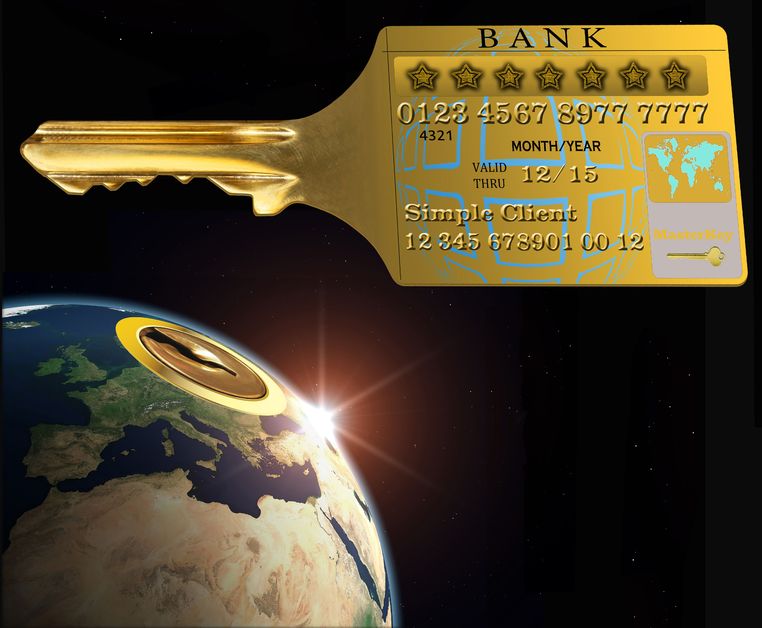
Everyone has read about the rise in cross border payments. And the growth is real.
Yet, international payments usually make up less than 2% of a country’s total transaction volume. Banks in most countries have long focused on the immediate and largest market, which are payments inside national borders.
A bank must decide how much money to put into developing international payment options. At what point is it worthwhile to bear the cost? Or does it make more sense simply to outsource the function?
Adding international options is technically challenging. Is really worth the time and effort to process what are, in essence, a small number of transactions compared with the total transaction processing volume?
There are other obstacles standing in the way that make smooth international payments challenging. For instance, a bank in one country cannot clear ACH transactions in other countries. Therefore, banks need to have banking partners in different countries. Each link in the chain must understand the differences between world banking systems
For instance:
- When should payment be released so it is received on the desired date?
- What are the country currency holidays?
- Is there time to settle the FX transaction to eliminate risk?
- Are the payments compliant with international regulations? For instance, sanctions from the US Treasury or other regulators.
- How are FX currency conversions to be handled? Does the bank have a trading desk and skilled personnel to handle the transactions?
For more information, contact info@paynetsecure.net
Topics
- Payment Processing Trends in the Gaming Industry
- The Future of Payment Processing: Trends and Innovations
- Choosing the Right Payment Processor for Your Gaming Business
- No Chargeback vs Traditional Payment Processors
- The Impact of No Chargebacks on Customer Trust
- Fraud Prevention in No Chargeback Merchant Accounts
Categories
- adult merchant accounts (7)
- alternative payments (10)
- Blockchain Merchant Account (1)
- chargeback (11)
- Chargeback Prevention (7)
- Cloud Payment Processing (1)
- Contactless Payment Processing (1)
- crypto currency merchant account (5)
- debt collection merchant account (1)
- Direct Response Merchant Account (1)
- ecigarette merchant account (1)
- Ecommerce (8)
- fantasy sports (2)
- Fantasy Sports Merchant Account (3)
- Forex Merchant Accounts (1)
- Global eCommerce (13)
- health care credit card processing (4)
- high risk merchant account (139)
- high risk payment gateway (44)
- high risk processing (72)
- Independent Software Vеndоrѕ (2)
- International Merchant Account (13)
- international merchant accounts (28)
- international payments (24)
- medical billing (4)
- merchant accounts (25)
- mobile payments (7)
- MOTO merchant account (1)
- Multiple Currency Payment Processing (5)
- nutra merchant account (5)
- Nutraceutical Merchant Account (5)
- offshore merchant accounts (11)
- Online Dating Merchant Account (1)
- Online Gaming Merchant Account (3)
- Online Gaming Merchant Accounts (4)
- p2p network payment processing (1)
- payment gateway (22)
- Payment Gateway Chargebacks (4)
- payment processing (60)
- payment processing gateway (65)
- Payment Processing Merchant Account (23)
- payment processing system (42)
- recurring billing (12)
- recurring payments (14)
- SaaS Billing (10)
- SaaS Payment Gateway (1)
- SasS Payment Processing (2)
- Secure Payment Processing (25)
- Telemedicine Merchant Account (1)
- Travel Agency Merchant Accounts (4)
- travel industry merchant account (4)
- travel industry payment processing (3)
- travel merchant account (3)